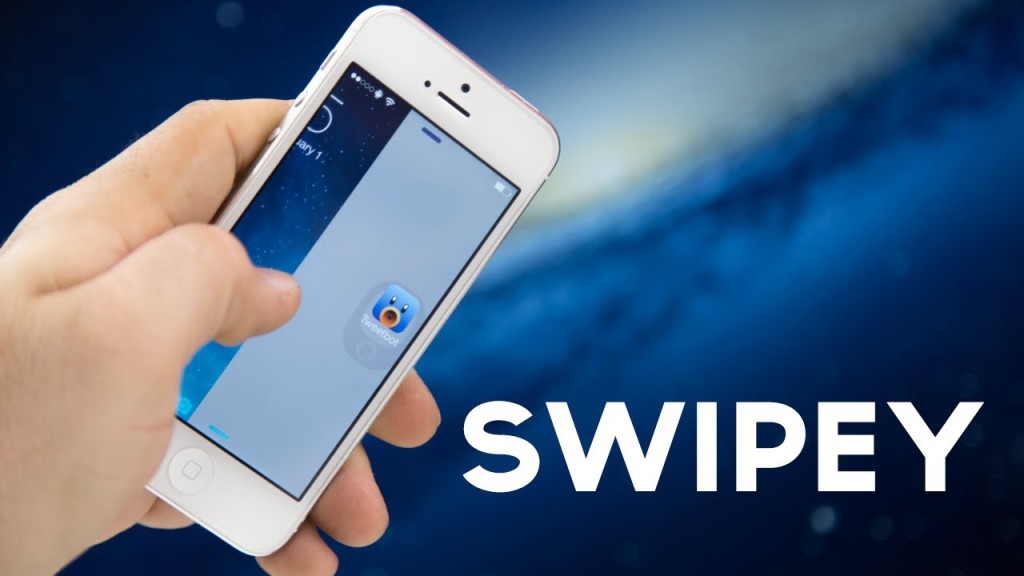
If you’re using a Mac, you should ensure FileVault encryption is enabled. RELATED: How to Encrypt Your Mac's System Drive, Removable Devices, and Individual Files But Windows doesn’t make this as easy as a Mac does - these tools aren’t all just a quick keypress away while you boot your Windows PC.Įnable FileVault Encryption to Protect Your Files There are ways to reset your password on Windows, of course.

However, it means a thief can quickly wipe your Mac and start using it. This at least protects your personal files from a thief - they’ll just have to start over from scratch. RELATED: How to Wipe Your Mac and Reinstall macOS from ScratchĮven if your Mac is securely encrypted, anyone with access to it - for example, a thief who stole your MacBook - could enter recovery mode and use the “Reinstall OS X” option to wipe your entire hard drive. Enter your previous passcode to remove the activation lock, then use a different or a new Apple ID to sign in to your account.These same tools are available by booting from OS X installation media - a DVD or USB drive - on a Mac. When the Activation Lock screen appears, click “Unlock with Passcode”. Once the iPhone is restored, set it up.Let the process finish without any interruptions. iTunes will then download the needed firmware and restore your iPhone.This will erase all your data including Apple ID however once completed, restore your backup from iTunes. Having created the backup press, click Restore to restore.Once iTunes recognizes your device, select the “Summary” tab and then click “Back Up Now” to create a backup of your iPhone.


Connect your iPhone using a cable to your computer, then open iTunes.Thus, first, create a backup before you proceed with the steps below. However, note that this method will delete your data. Once the iPhone is restored, you use a new or different Apple ID to sign in. However, if you restore your iPhone using iTunes, all your data and settings will be wiped out, including your Apple ID password. If you had signed in to Apple services such as iCloud or iMessage on your iPhone using your Apple ID, you normally require your password to remove the Apple ID. Part 4: Restore iPhone with iTunes to Delete Apple ID without Using a Password


 0 kommentar(er)
0 kommentar(er)
